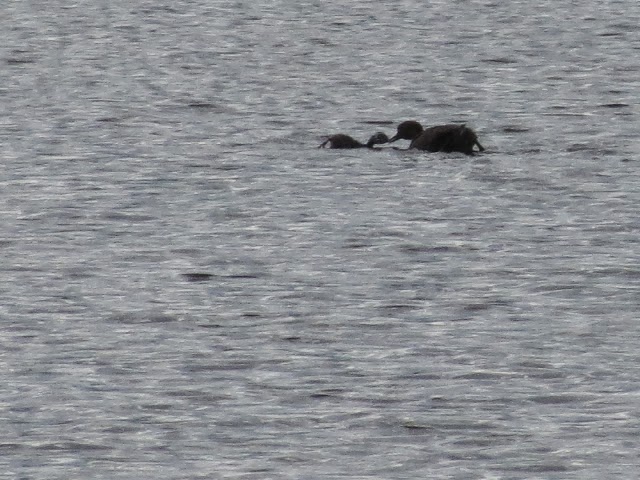Welcome to the Midnight Collective Broadsheet
12
Actively supporting NZ’s endangered wetland birds
Global Warming has been in
the news this weekend with GW deniers officially being declared scientific oddballs,
though it hasn’t stopped the Australian Prime Minister from positioning himself as the de facto GHOD -(Global Head of
Denial). It is an ironic stand given that his island continent appears to be one of
those countries most affected.
 |
| White faced heron -Matuku Moana- in pines beside the Wharemauku |
At a human level there has
been widespread reluctance to accept climate change, because it doesn’t seem immediate or real. It is difficult to establish local effects and our
assessment of the weather is always going to be personal -one person’s
hurricane being another’s stiff breeze. It does make you more wary of extreme
events however. We had a severe drought last year, while this year the weather
ran the opposite way bringing an unusually wet and blustery summer. (And here's a mute point -how long is it going to take the Southern Hemisphere to move its summer forward a month to take advantage of the best summer weather?)
Now however, we’ve had
little rain in over eight weeks, and drought conditions are being reported
again. This doesn’t constitute scientific evidence for global warming of
course, but the development of an awareness over the possible effects.
 |
| Dry pond beside Wharemauku |
One local sign that
drought is taking hold has been the drying up of the watering hole, opposite
the dune lake, which we haven’t seen before. And the creek itself, which is
spring fed, has been running unusually low.
Yet further signs of drought
can be found in the behaviour of local wetland birds. Pukeko usually come out
on the banks of the Wharemauku in late autumn. Part of this is social, they
fraternise in larger groups, but there is also more food for them out here at
this time, where they can be joined by mallard and paradise duck -putangitangi. By then the weather has turned wintry, and the birds are obviously
leaner and hungrier. You can also get a lot closer to them, though perhaps this
is also because they are no longer protecting youngsters.
This behaviour
has started a good 6 weeks early, with paradise duck and this white faced heron -matuku moana- found ‘grazing’ on the Wharemauku banks and in the creek itself.
 |
| White faced heron -Matuku Moana -in Wharemauku |
The paradise ducks are
always alert and can make a quick getaway still, it was pleasant to see a dog
owner slip a leash on her dog when she encountered them. The heron however is
an ungainly flyer in such a cramped area. There were slim pickings on the mown
grass and so it glided down into the creek bed and from here continually looped
back into the safety of nearby trees, as trekkers walked passed.
The appearance of
the heron at this time however, may also good news. It is impossible to tell these
animals apart without banding them, but it seems probable that this bird is the
same one that took up residency at the dune lake over summer. Perhaps it will
become a more permanent part of the community here.
Don't the moon look good, mama
Shinin' through the trees
Don't the brakeman look good, mama
Ragging down the Double E
Don't the sun look good
Goin' down over the sea
Don't my gal look fine
When she's comin' after me











